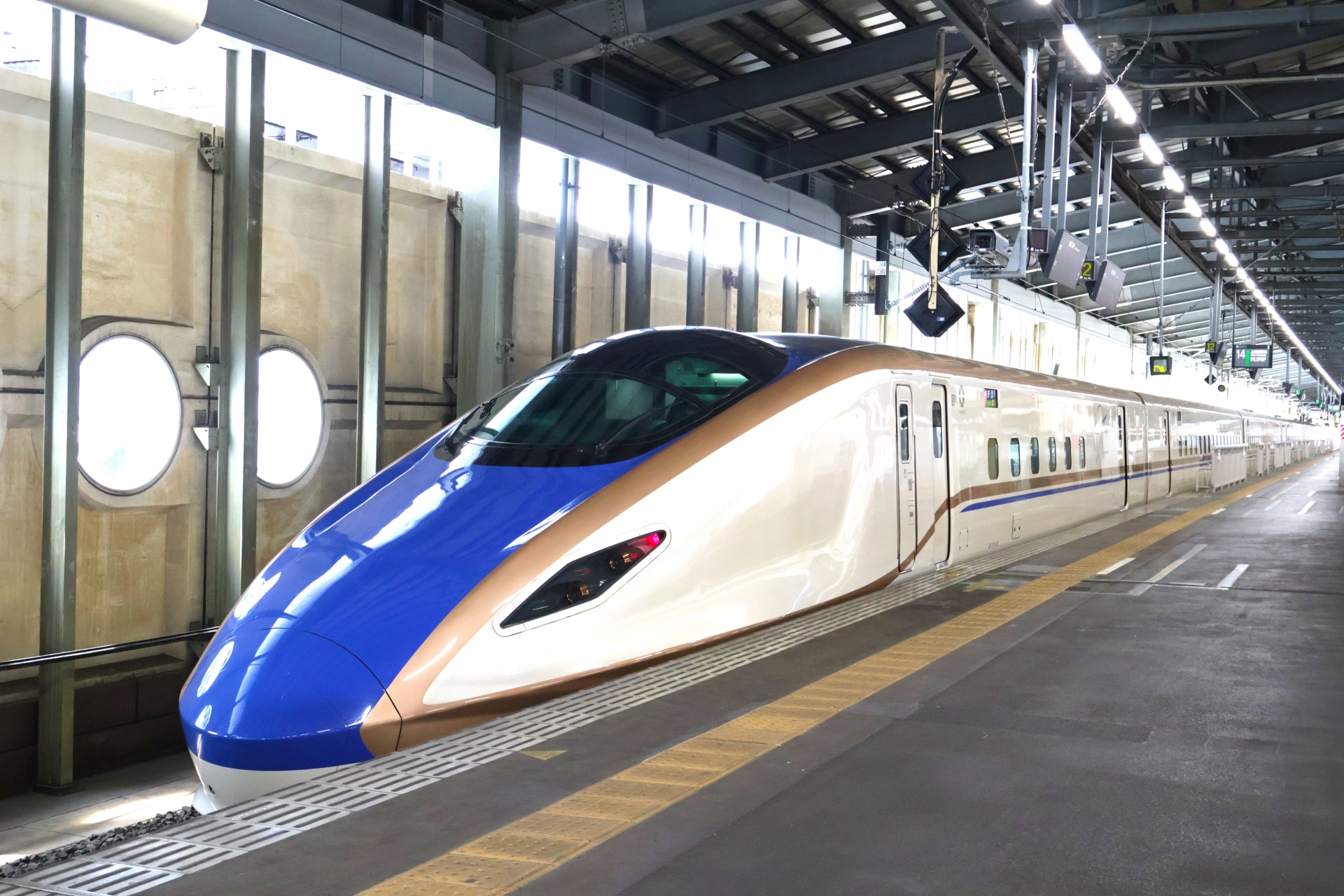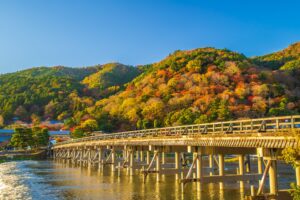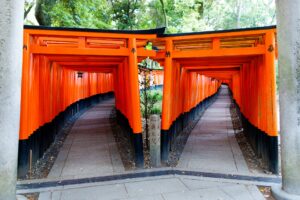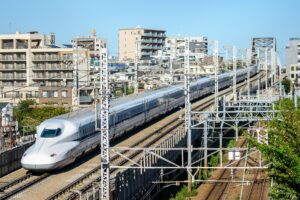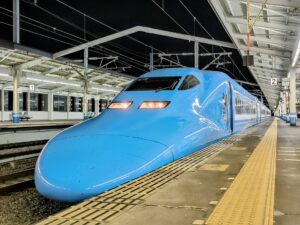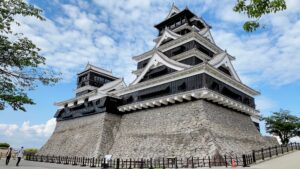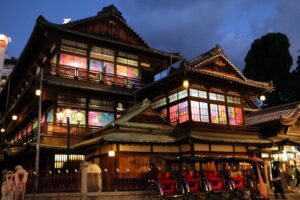If you’re planning a one-week trip across Japan and want to visit multiple cities efficiently, the Japan Rail Pass (JR Pass) can greatly simplify your travel. The 7-day pass gives you unlimited access to most JR-operated trains—including Shinkansen (except Nozomi/Mizuho), limited express services, and JR local lines. This guide explains whether the 7-day pass is worth it, how to activate it, and provides a structured 7-day sample itinerary along the classic Tokyo–Kyoto–Osaka route. You’ll also find alternative routes, cost comparisons, and practical strategies to maximize comfort and savings.
What is the Japan Rail Pass and is the 7-day option worth it?
The Japan Rail Pass is a nationwide rail pass available exclusively to foreign visitors entering Japan under “Temporary Visitor” status. With the pass, you can ride nearly all JR trains, the JR Miyajima ferry, and some JR buses. The 7-day Ordinary pass currently costs 50,000 yen.
The pass is best for medium- to long-distance trips—for example, traveling between Tokyo, Kyoto, Osaka, Hiroshima, or Kanazawa. It does not cover private railways, subways, city buses, or Nozomi/Mizuho Shinkansen services.
Since the JR Pass price increased significantly, the 7-day pass only pays off if you plan multiple long-distance rides. Typical one-way Shinkansen fares include:
| Route | Approx. cost |
| Tokyo → Kyoto | 13,000 yen |
| Kyoto → Hiroshima | 10,000 yen |
| Tokyo → Hiroshima | 20,000 yen |
If your itinerary includes at least two major Shinkansen segments—such as Tokyo → Kyoto → Hiroshima → Tokyo—you will generally exceed the 50,000-yen value of the pass.

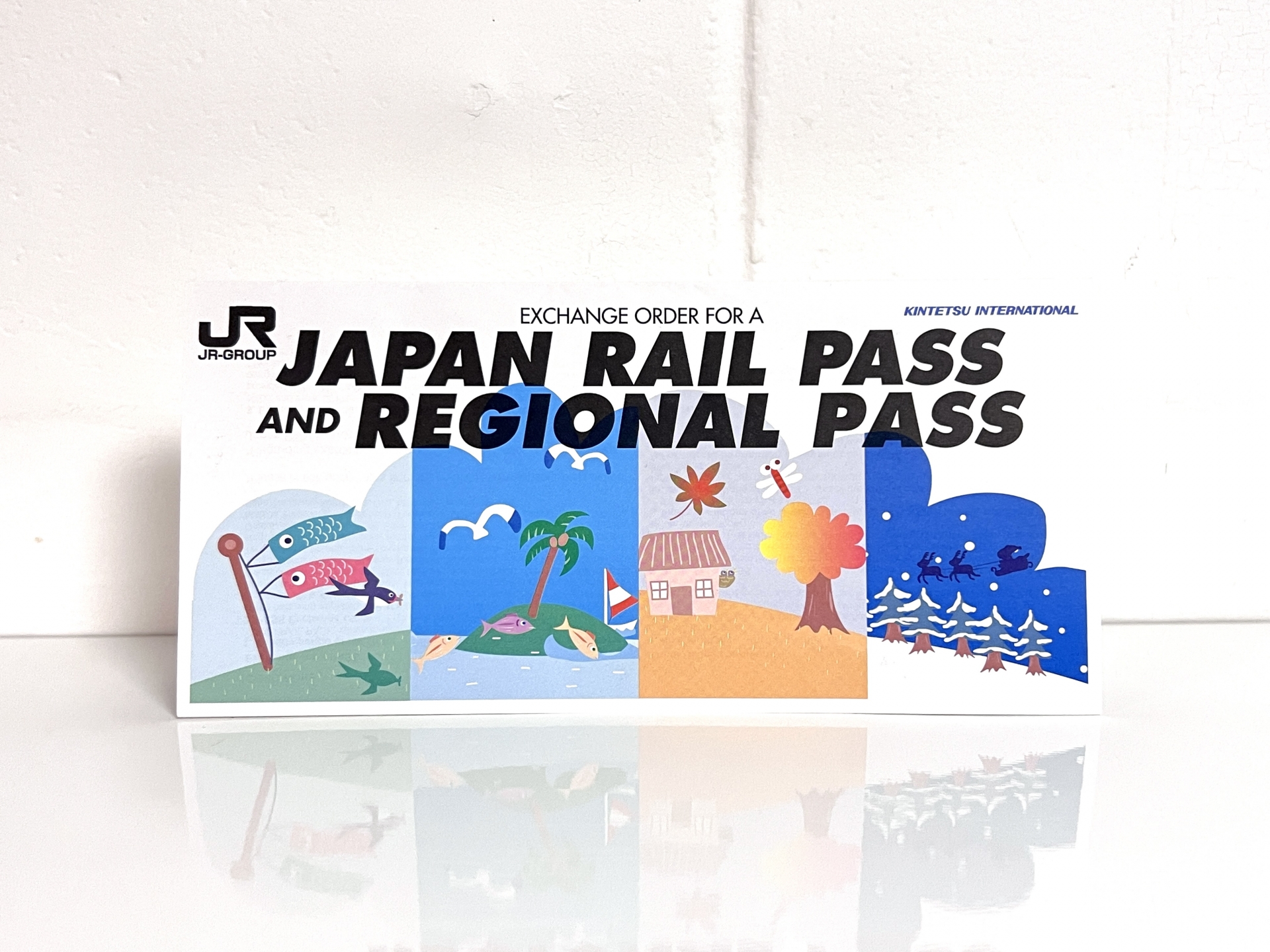
Eligibility and how to activate your JR Pass
To use the JR Pass, you must enter Japan under Temporary Visitor status, present your passport at a JR Pass Exchange Office, and exchange your prepaid voucher (if purchased abroad) for the actual pass.
You may select any activation date within 30 days of exchanging the voucher. Once activated, the pass counts for seven consecutive days.
Seat reservations for Shinkansen and limited express trains are free. You can book at JR ticket counters or through supported online reservation systems. During peak seasons—including cherry blossom season, Golden Week, summer holidays, and New Year’s—advance reservations are recommended.
When does the 7-day pass pay off? Cost–benefit analysis
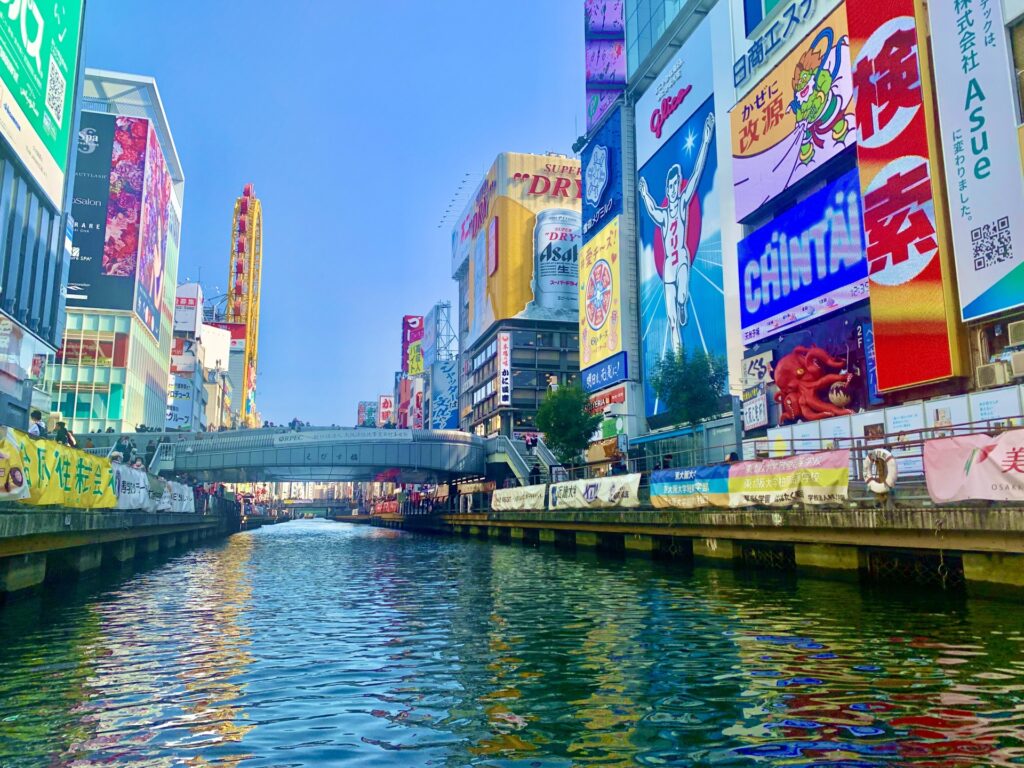
Think of the 7-day JR Pass as a long-distance travel pass, not a city transport pass. Local travel in Tokyo, Kyoto, and Osaka often relies on non-JR subways and buses.
Cost comparison: Tokyo → Kyoto → Osaka → Tokyo
| Segment | Approx. cost |
| Narita Airport → Tokyo (N’EX) | ~3,000 yen |
| Tokyo → Kyoto | ~13,000 yen |
| Kyoto → Osaka | ~600–1,000 yen |
| Osaka → Tokyo | ~14,000 yen |
| Local JR rides | ~3,000–5,000 yen |
Total: approx. 33,000–36,000 yen → Less than the 50,000-yen JR Pass



Add Kyoto ↔ Hiroshima round-trip
Additional Trip | Approx. cost
Kyoto ↔ Hiroshima | ~20,000 yen
New total: 53,000–56,000 yen → JR Pass becomes cheaper
If your itinerary includes only one major Shinkansen ride, individual tickets or regional passes may be more cost-effective.
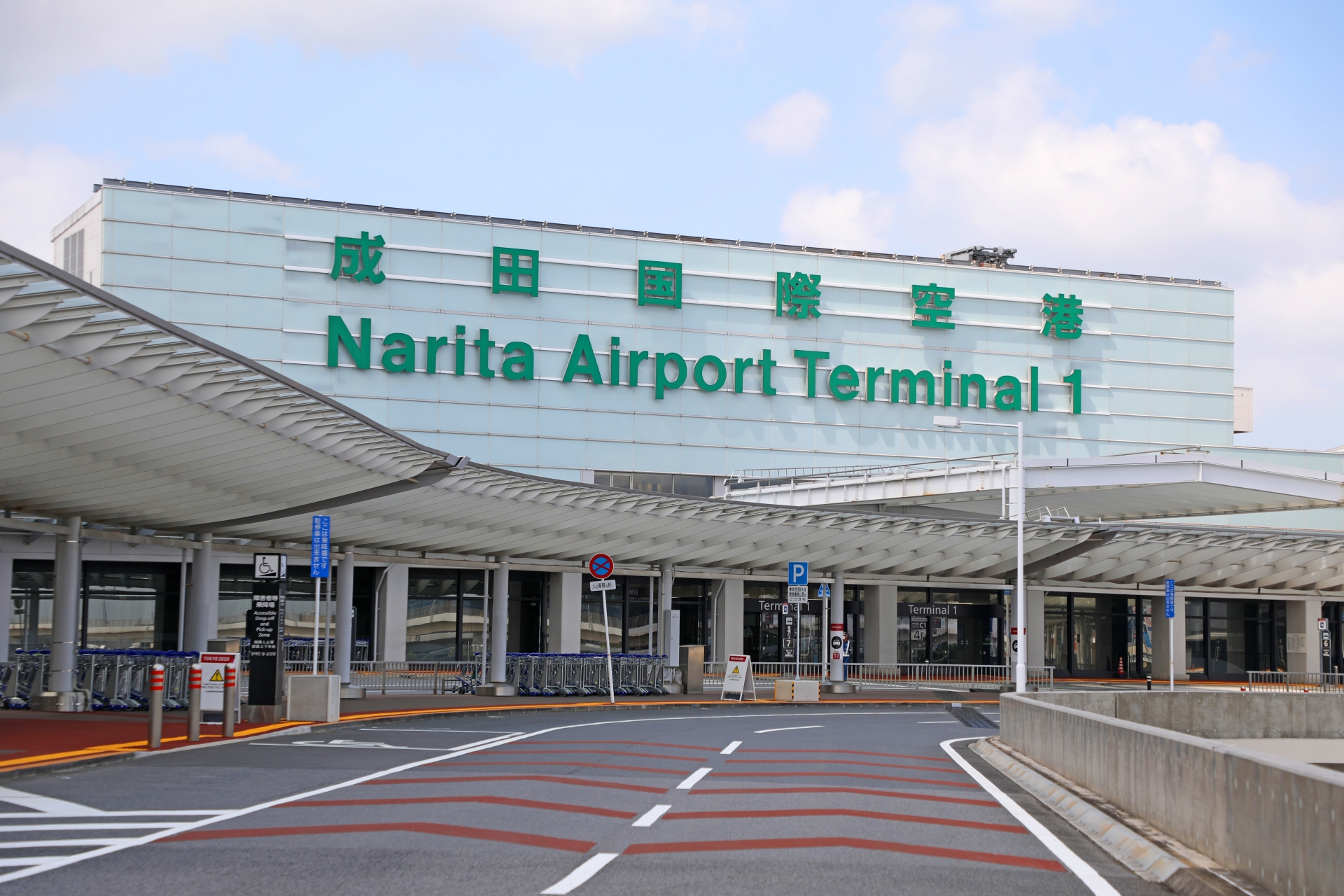
Sample 7-day itinerary: Tokyo → Kyoto → Osaka (classic “Golden Route”)
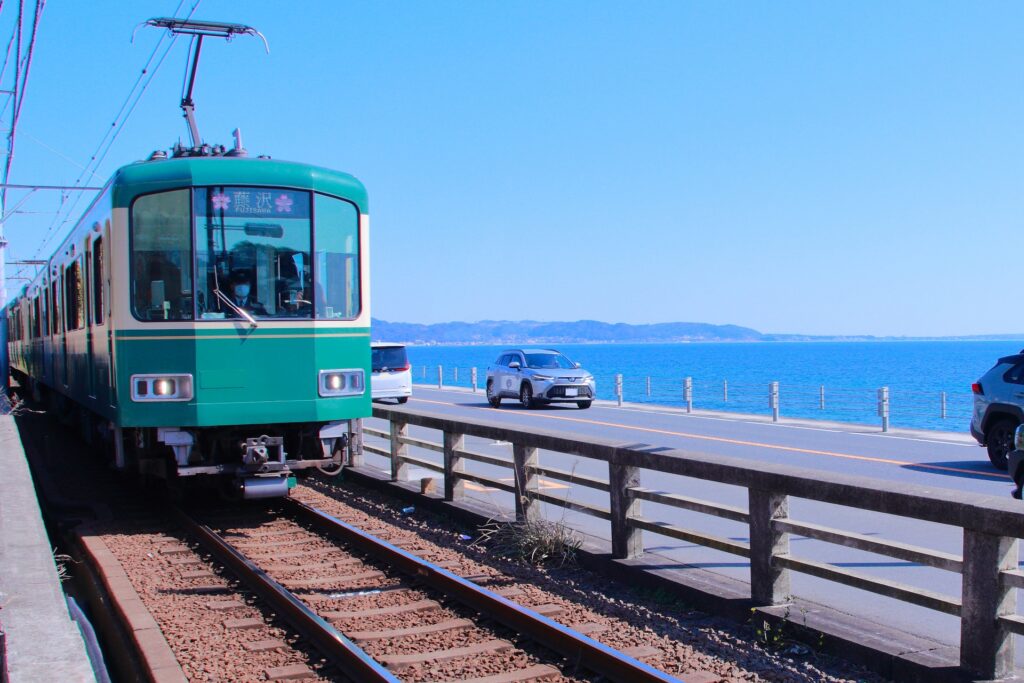
A balanced, practical itinerary ideal for first-time visitors.
Day 1: Arrival in Tokyo, exchange JR Pass, explore central Tokyo
After landing at Narita or Haneda Airport, exchange and activate your JR Pass. Ride the Narita Express or Tokyo Monorail into central Tokyo. Use the JR Yamanote Line to explore Shibuya, Harajuku, Shinjuku, or Ueno. Reserve your Day 3 Shinkansen seat early.
Day 2: Tokyo – Kamakura or JR-accessible day trips
Take the JR Yokosuka Line or Shonan–Shinjuku Line to Kamakura (about 1 hour). Visit the Great Buddha, Hase-dera Temple, and Komachi-dori. If you prefer staying in Tokyo, use JR lines to explore Akihabara, Ueno, or Odaiba (partially JR). A JR-accessible day trip increases the pass’s value.
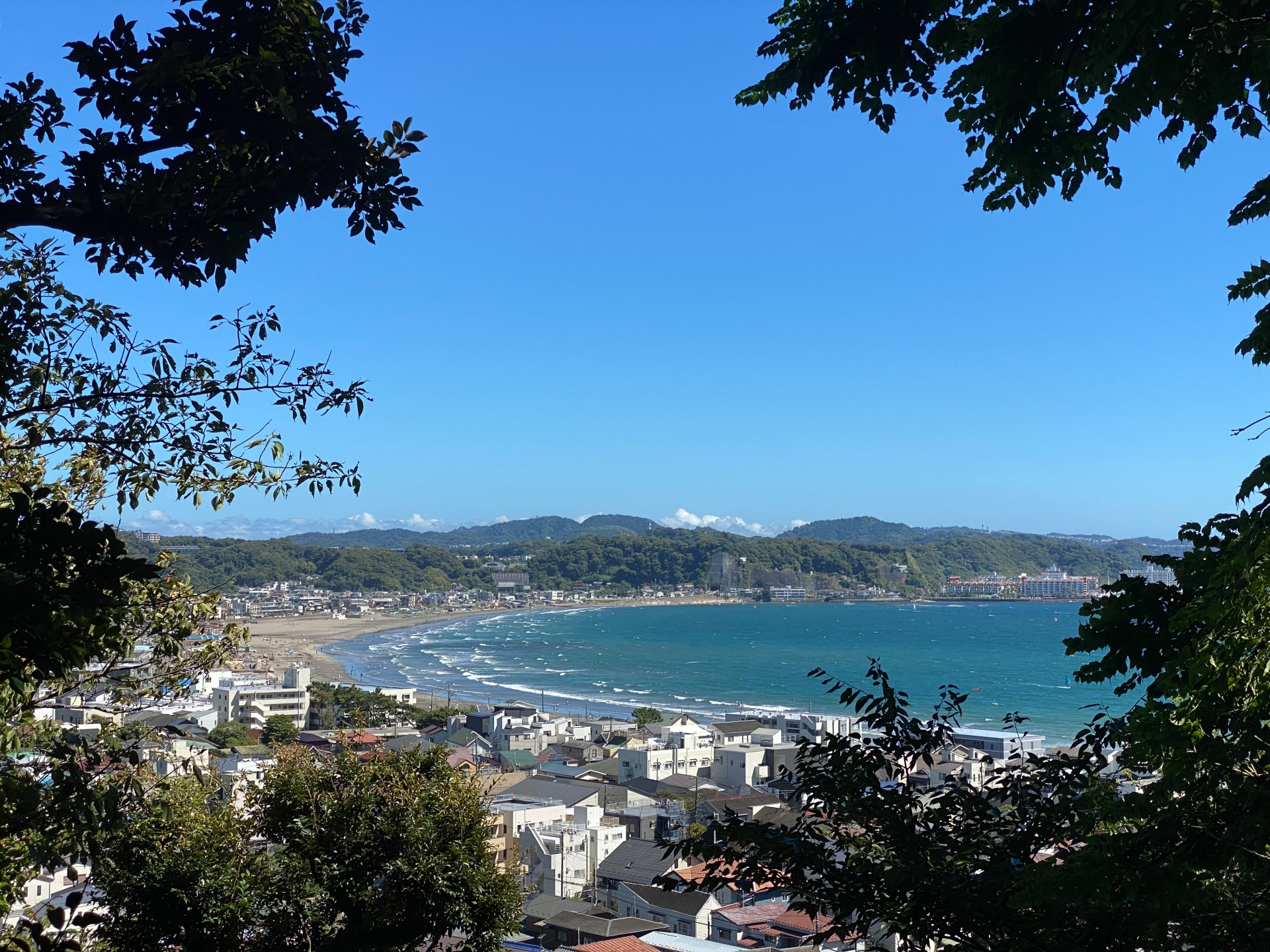
Day 3: Tokyo → Kyoto by Shinkansen, afternoon/evening in Kyoto
Ride the Hikari Shinkansen (approx. 2h40m). Visit Fushimi Inari Taisha via the JR Nara Line. In the evening, walk through Gion and the scenic Higashiyama neighborhood.
Day 4: Full day in Kyoto – temples and historic districts
Start at Kiyomizudera, then stroll Sannen-zaka and Ninen-zaka toward Gion. After lunch, take JR to Saga-Arashiyama to visit the Bamboo Grove, Tenryu-ji, and Togetsu-kyo Bridge. Return to central Kyoto by JR.
Day 5: Day trip from Kyoto to Nara OR Osaka
Nara option:
JR Nara Line (45–60 min). Visit Todai-ji, Nara Park, Kasuga Taisha, and Naramachi.
Osaka option:
JR Special Rapid (approx. 30 min). Visit Osaka Castle, Shinsaibashi, and Dotonbori.
Keeping Kyoto as your home base reduces fatigue and unnecessary hotel changes.
Day 6: Osaka – city exploration or long-distance JR trip
Travel from Kyoto to Osaka by JR (approx. 30 min).
Option A: Explore Osaka
Visit Osaka Castle, Umeda Sky Building, Namba, and Dotonbori.
Option B: Hiroshima day trip
A JR Pass–eligible Sakura/Hikari Shinkansen reaches Hiroshima in 1.5–2 hours. Visit Peace Memorial Park and Miyajima via the JR ferry and JR Sanyo Line. This significantly boosts the value of your JR Pass.
Day 7: Return to Tokyo or airport – final day on the JR Pass
If returning to Tokyo:
Take the Hikari Shinkansen (2.5–3 hours), then ride the Narita Express or Tokyo Monorail for airport access.
If flying from Kansai Airport (KIX):
Route A: JR Kansai Airport Rapid → Shin-Imamiya → Nankai Rapi:t (Nankai requires separate ticket)
Route B: JR Limited Express Kuroshio → Hineno → JR Kansai Airport Rapid (both JR segments covered)
Allow 3–4 hours for airport procedures.
Alternative 7-day routes: off the beaten path & extended loops
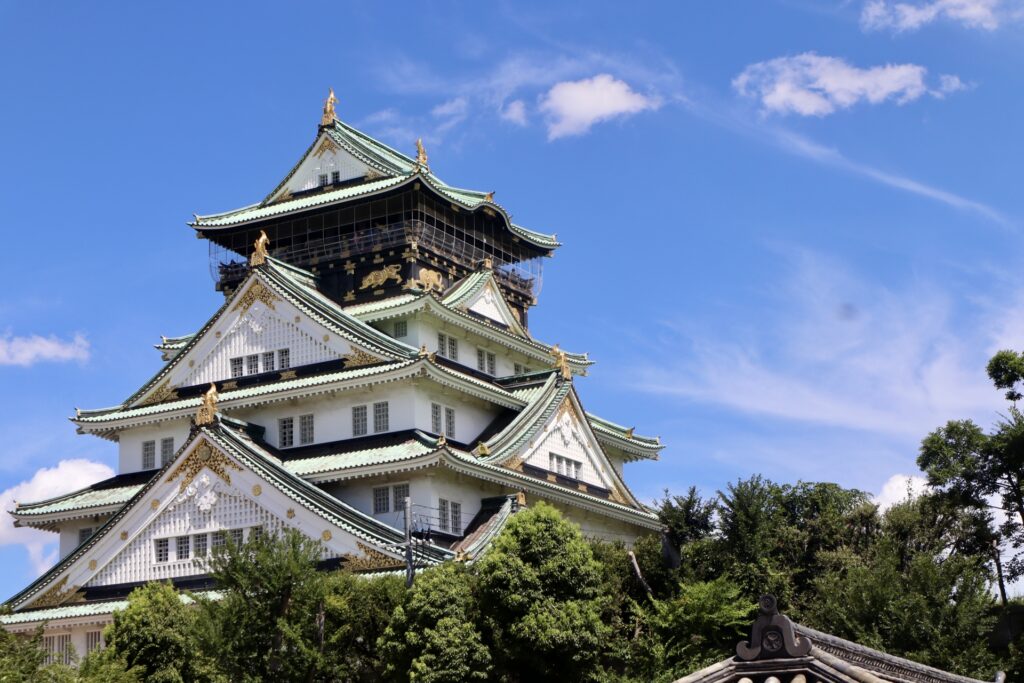
1. Tokyo → Kanazawa → Kyoto → Hiroshima → Tokyo
Use the Hokuriku Shinkansen to Kanazawa, then travel through Kyoto and Hiroshima before returning to Tokyo. This loop covers long distances and maximizes JR Pass value.
2. Osaka → Hiroshima → Fukuoka (Hakata) → Kanazawa → Tokyo
Ideal for Kansai Airport arrivals. Sanyo and Kyushu Shinkansen segments quickly justify the pass and provide a diverse regional experience. These loops involve more travel but offer greater cultural variety.
Tips for maximizing your JR Pass value and travel comfort
Activate the pass to cover your longest-distance travel days.
Seat reservations are free—book early during peak seasons.
Avoid Nozomi/Mizuho; ride Hikari, Kodama, or Sakura instead.
Use luggage-forwarding services to reduce fatigue.
Overnight trains are rare—daytime Shinkansen is more comfortable.
The JR Pass does not cover private railways or subways—use an IC card for these.
Build realistic schedules—don’t cram too many distant destinations into one day.
Common mistakes and how to avoid them
Mistake 1: Buying the nationwide JR Pass despite staying mostly in one region
How to avoid it:
List all cities you plan to visit and calculate individual fares. If your trip focuses on one region, regional JR passes or individual tickets are usually cheaper.
Mistake 2: Activating the pass too early and wasting valuable days
How to avoid it:
If your first days are spent within Tokyo or Kyoto, do not activate the pass yet. Activate it on the day of your first long-distance ride.
Mistake 3: Overpacking and struggling during transfers
How to avoid it:
Use luggage-forwarding services, pack lighter, and choose smaller suitcases. A lighter load makes transit far easier.
Mistake 4: Assuming the JR Pass covers all transportation
How to avoid it:
Remember that private railways and subways are not included. Carry an IC card (Suica, PASMO, ICOCA) for non-JR travel.
Mistake 5: Planning unrealistic long-distance days
How to avoid it:
Limit yourself to one major intercity move per day. Consider walking time, transfers, and crowds to maintain a comfortable schedule.
Conclusion: Is the 7-day JR Pass right for your Japan trip?
The 7-day JR Pass is a strong value when your itinerary includes multiple long Shinkansen journeys—especially beyond Tokyo and Kyoto. It offers flexibility, predictable costs, and efficient nationwide travel. For slower-paced or region-focused trips, regional passes or individual tickets may be better.
Write down your planned routes, total the approximate fares, and compare them with the 50,000-yen cost. If the JR Pass fits your travel style and distance, it becomes your all-access key to exploring Japan comfortably and efficiently.

